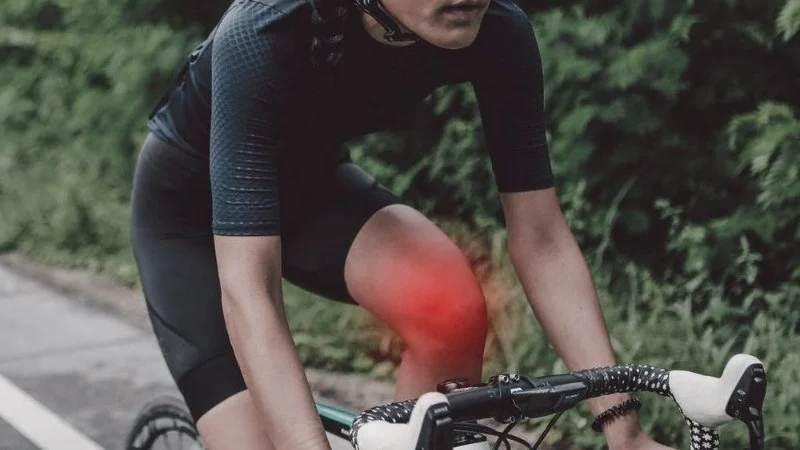
- understanding-the-causes-of-knee-pain-while-cycling
- bike-fit-adjustments-that-make-a-difference
- pedaling-technique-and-cadence-control
- strengthening-and-flexibility-to-protect-your-knees
- real-rider-stories-lessons-from-the-road
1. Understanding the Causes of Knee Pain While Cycling
Knee pain is one of the most common issues cyclists face, whether you're a weekend rider or a seasoned racer. But here’s the thing: knee pain isn’t inevitable. Most of the time, it stems from biomechanical issues, improper bike setup, overuse, or weak supporting muscles.
Anterior knee pain (pain at the front of the knee) is often linked to saddle height and pedal alignment, while lateral or medial pain may point to poor cleat positioning or muscle imbalances. Instead of just riding through the discomfort, it's crucial to identify what’s causing it—and fix it early.
At Cycling Guider, we regularly help riders assess their bike setups and riding habits to avoid knee strain before it turns into a serious injury.
2. Bike Fit Adjustments That Make a Difference
One of the most impactful things you can do to prevent knee pain while cycling is to ensure your bike fits your body. A small adjustment in saddle height, position, or cleat alignment can significantly reduce stress on the knee joint.
Saddle Height
A saddle that’s too low increases compression on the front of the knee, while a saddle that’s too high can lead to overextension and pain at the back. A general rule of thumb: when your pedal is at its lowest point, your knee should be slightly bent—around 25-30 degrees.
Saddle Fore-Aft Position
If your saddle is too far forward or back, it changes how your quads and hamstrings engage with each stroke. Knee tracking issues often trace back to poor saddle placement.
Cleat Positioning
Poorly aligned cleats can force your knee to rotate unnaturally. Make sure your cleats allow your foot to align naturally and consider float-style cleats if your knees feel restricted.
Cyclists in our Cycling Guider community often discover that professional fitting—something many initially overlook—turns out to be the best investment they make.
3. Pedaling Technique and Cadence Control
It’s not just your bike—it’s how you use it. Pedaling with a “mashing” motion (high force, low cadence) can overload your knees. Instead, focus on a smooth, circular pedal stroke and maintain a cadence between 80–100 RPM for endurance rides.
Shifting gears early is another underrated skill. Don’t wait until you’re already climbing to drop to an easier gear. Shifting proactively reduces joint stress and helps you stay consistent in your cadence, avoiding spikes that cause knee irritation.
Using a power meter or cadence sensor can help you monitor your rhythm, allowing you to fine-tune your performance while preserving your knees.
4. Strengthening and Flexibility to Protect Your Knees
Your knees don’t operate in isolation. Weak glutes, hamstrings, or hip flexors often cause the knee to compensate—leading to pain over time. That’s why off-bike training is just as important as mileage.
Key Strength Areas
- Glutes and hips: Strengthen with exercises like bridges, monster walks, and step-ups.- Core: A strong core improves posture and reduces lateral knee movement during pedaling.- Hamstrings and quads: Keep these muscles balanced. Avoid focusing only on quads.
Stretching Matters
Tight hamstrings and IT bands can pull on the knee joint. Stretch consistently, and consider foam rolling after rides. Yoga and mobility work are great for long-term flexibility and injury prevention.
5. Real Rider Stories: Lessons from the Road
Emma, a triathlete from Palm Springs, battled chronic knee pain during training for her first Ironman. She assumed it was just part of the sport—until she had to sit out for six weeks. A bike fit session and focused glute strengthening changed everything. “I haven’t missed a training day since,” she says.
Then there’s Marcus, a weekend gravel rider from Reno. He experienced pain every time he climbed steep terrain. After tracking his cadence and making minor cleat adjustments, the pain vanished. “I thought I’d need surgery. Turns out, I just needed smarter habits,” he recalls.
These examples remind us: pain is a message, not a sentence. Listen to your body, take action, and don’t wait for discomfort to sideline your passion.
To explore gear, fit tools, and training resources specifically designed for pain-free riding, visit Cycling Guider. We’re committed to helping cyclists ride longer, smarter, and stronger—without knee pain.


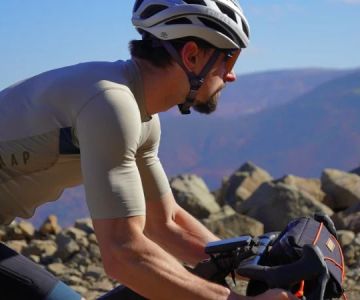
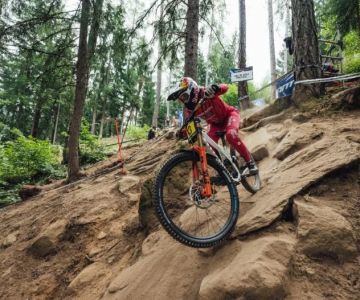
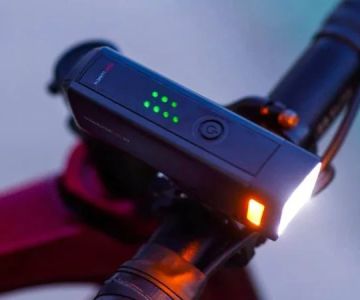

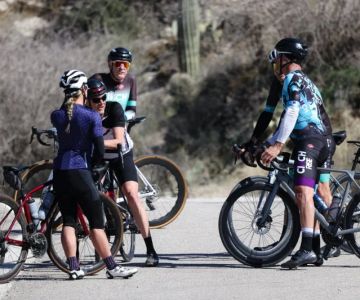
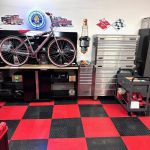 Billet BMX5.0 (2 reviews)
Billet BMX5.0 (2 reviews)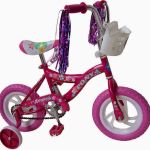 Far East Children Bicycle Factory1.0 (1 reviews)
Far East Children Bicycle Factory1.0 (1 reviews) Archer Motorsports, Inc.4.0 (8 reviews)
Archer Motorsports, Inc.4.0 (8 reviews) YEP Bike Works4.0 (55 reviews)
YEP Bike Works4.0 (55 reviews) Gorham Bike & Ski4.0 (498 reviews)
Gorham Bike & Ski4.0 (498 reviews)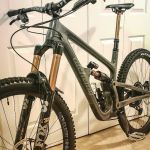 Alchemy Bikes4.0 (37 reviews)
Alchemy Bikes4.0 (37 reviews) How to Teach Kids to Ride a Bike: A Step-by-Step Guide for Parents
How to Teach Kids to Ride a Bike: A Step-by-Step Guide for Parents Tips for Riding on Busy City Streets: Smart Strategies for Urban Cyclists
Tips for Riding on Busy City Streets: Smart Strategies for Urban Cyclists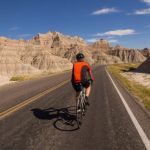 Best US National Parks for Mountain Biking: Ride Epic Trails Across America
Best US National Parks for Mountain Biking: Ride Epic Trails Across America Best Aero Helmets for Time Trials and Racing
Best Aero Helmets for Time Trials and Racing How to Clean and Lubricate Your Bike Chain Like a Pro
How to Clean and Lubricate Your Bike Chain Like a Pro 10 Must-Have Items for Long-Distance Cycling Trips
10 Must-Have Items for Long-Distance Cycling Trips